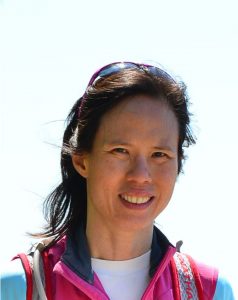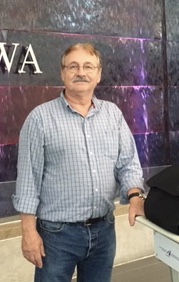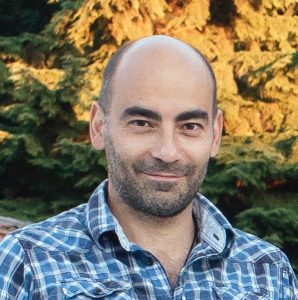Christian Naus (Principal Investigator)

My research program explores the role of gap junction channels and their proteins (connexins and pannexins) in disease, including consequences of mutations on gap junction structure and function, and the role of these intercellular channels in diagnosis of disease and development of novel therapeutic strategies. I have conducted over 25 years of research in neurobiology and cancer, focused on cellular and molecular studies to characterize the role of gap junctions in proliferation, differentiation, transgenic mouse models of neurological disorders, and preclinical therapeutic studies for cancer, stroke and Alzheimer’s disease.
Wun Chey Sin (Research Associate)

After receiving my PhD in Neuroscience from the University of London, I carried out my postdoctoral training at Cold Spring Harbor Laboratory. I spent a few years in New York at a biotechnology company that specializes in cancer gene discovery before joining the laboratory of Christian Naus at UBC. Currently, I’m interested in the relationship between inflammation and brain cancer.
Intercellular communication between glioma cells and astrocytes is expected to have a significant role in the peritumoral region. Furthermore, it is known that inflammatory responses by the host tissue have a pivotal role in tumor formation by providing a permissive microenvironment. Gap junction protein connexin43 (Cx43), which is expressed in astrocytes, emerges as a strong candidate in bidirectional signaling between glioma cells and their microenvironment. Cx43 exhibits increased expression in reactive astrocytes induced by various brain pathologies. My research has two key focus: 1) The mechanisms by which Cx43 participates in the formation of an invasive niche at the tumor-host interface and 2) the role of inflammation and gliosis in glioma progression.
John Bechberger (Research Associate)
I have carried out research focusing on whether gap junctions have a neuroprotective role in stroke for over 20 years.
Moises Freitas-Andrade (Postdoctoral Fellow)
My research addresses fundamental questions about the molecular and cellular mechanisms of brain injury and repair after stroke. Specifically, to understand how stroke disrupts communication between astrocyte, a glial cell-type that is involved in brain homeostasis and repair. The targets of my studies are the gap junction family proteins, connexins (Cx) and pannexins (Panx), specifically those expressed in astrocytes. Gap junctions mediate intercellular communication by providing ultrastructural cytoplasmic continuity, these cell-membrane channels play a critical role in cell to cell communication and allow populations of astrocytes to synergistically interact in (patho)physiological brain mechanisms. Currently, I am investigating the precise maturation of astroglio-vascular interactions in the postnatal brain, specifically unmasking astrocytic cell signaling, via gap junctions, during vessel development. This work is being conduct in Dr. Baptiste Lacoste laboratory at Ottawa University.
Kanika Khosla (Undergraduate Research Assistant)
I’m an undergraduate work study student in the Naus lab, and a 4th year Biology major at UBC. My project focuses on creating a 3D model of invasion in Glioblastomas to better understand their formation and pathology, which will pave the path for future therapeutic research.


